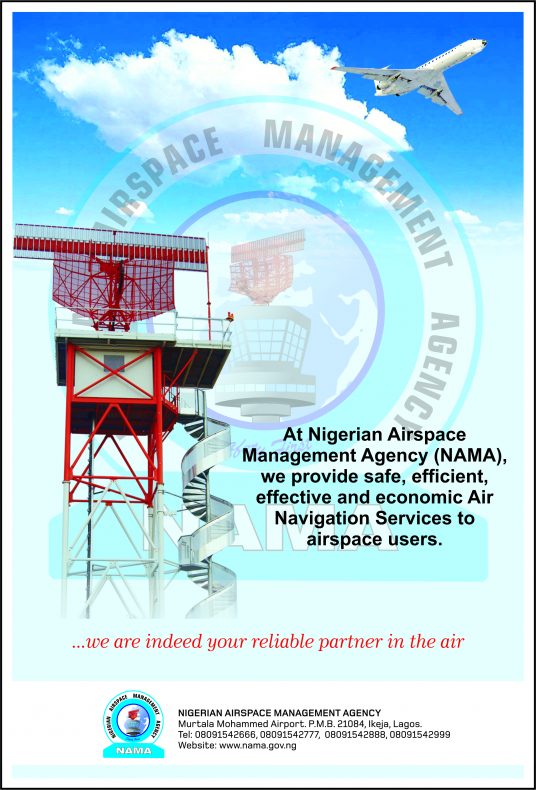Nigeria’s aviation sector is set for significant advancement in 2025, driven by key policy changes and reforms.
At the recently held 14th Nigeria Aviation Awards (NIGAV), Co-Chairman Award Committee, Dr. Richard Aisuebeogun, stated that “2025 will reflect the outcome of several impactful 2024 policy reviews aimed at repositioning aviation.”
One major milestone is Nigeria’s removal from the Cape Town Convention aircraft leasing risk list. This opens access to low-cost, long-term aircraft financing under dry lease agreements. Dr. Aisuebeogun described this development as “a game changer set to significantly reduce financial hurdles for local airlines.”
Another priority for 2025 is the federal government’s plan to initiate airport concessions. This aims to attract private sector investment to improve infrastructure and boost operational efficiency. “Airport concessions will lead to modernized facilities and enhanced passenger experiences,” he added.
Further developments include Ibom Air’s soon-to-be-completed Maintenance, Repair, and Overhaul (MRO) facility. This promises to reduce dependence on costly overseas maintenance and ease forex pressures.
He predicted that the issue surrounding Nigeria Air and the necessity for a National Carrier will be resolved by 2025, given the significant international air travel market in Nigeria with over 80 Bilateral Air Service Agreements (BASAs). Domestic airlines, such as Air Peace, are expected to play stronger regional roles, especially in West and Central Africa.
Cargo operations are also expanding, spurred by rising e-commerce. However, authorities have been advised to tighten controls and “combat the threat of drug trafficking through aviation cargo operations.”
The regulatory framework improved in 2024. Director General Nigeria Civil Aviation Authority, Captain Chris Najomo, confirmed as substantive DG, initiated reforms to strengthen oversight. The NCAA also intensified consumer protection through a dedicated directorate that addressed delays, airfare hikes, and cancellations.
Despite infrastructural challenges, progress continues. Murtala Muhammed Airport’s Runway 18R finally received a long-awaited airfield lighting system. In addition, the Nigerian Airspace Management Agency (NAMA) upgraded satellite-based navigation across key routes.
A fresh model for boosting route development and airline services began to take shape across Nigeria in 2024. This emerging trend has seen state governments collaborating directly with airlines to sustain and expand air connectivity, especially at regional airports.
One notable approach involves governments acquiring aircraft and partnering with efficient private operators to manage and sustain flight services. This model ensures routes remain operational and economically viable while enhancing passenger options across more regions.
The Enugu State government, through its collaboration with the State airport, has become a prime example of this airport-airline partnership strategy. The initiative has enabled consistent connectivity and contributed to increased passenger traffic and airport viability.
Furthermore, this development is not limited to domestic routes. It has started to influence the sub-regional aviation space as well. Nigerian carrier Xejet is now set to operate flights on behalf of the Sierra Leone State Airline, showcasing how this cooperative model is crossing borders.
This partnership enables both cost efficiency and market expansion, particularly for airlines seeking regional footprint without the full burden of capital investment in aircraft.
Drones are emerging as a transformative force. The NCAA’s creation of a dedicated Unmanned Aircraft Systems department reflects the growing importance of this sector.
However, funding remains a major concern. Dr. Aisuebeogun suggested “establishing a sector-focused financial instrument like an aviation bank, given the volatility of commercial lending.”
Jet A1 fuel supply remains critical. The Federal Ministry of Aviation is urged to work with Dangote Refinery to secure consistent access to fuel for airlines.
In summary, stakeholders are optimistic. With policy changes and reforms, the aviation sector could witness safer operations, better infrastructure, job creation, and increased profitability in 2025.






















